The safety and security of children while traveling has always been a front-and-center concern for parents and policymakers alike across Texas. In 2025, the state continues to place strong emphasis on child passenger safety, with evolving car seat laws and new federal standards.
Whether you’re residing in Houston, driving the highways around Dallas, or simply commuting through Austin or San Antonio, every parent, caregiver, and driver should be properly informed and compliant with these laws. This comprehensive guide breaks down everything you need to know about car seat laws in Texas for 2025, including new updates, city-specific programs, expert guidance, statistics, and practical advice for families.
Why Car Seat Laws Matter in Texas
Car accidents are among the leading causes of injury and death for children in Texas. Proper use of car seats and booster seats significantly decreases the risks. Statistics reveal that car seat use reduces the risk of injury in a crash for children by over 70% compared to seat belt use alone. In metropolitan areas such as Dallas-Fort Worth and Houston, where traffic volumes are high, adherence to safety regulations becomes even more critical for protecting young passengers.
Across Texas, it’s estimated that over 9,500 children under age eight were injured in vehicle crashes in a single recent year. In Austin, local authorities often conduct child seat safety inspections, reflecting a statewide trend toward increased education and enforcement of these vital laws. Misuse of car seats remains a challenge—many studies indicate that nearly half of all car seats are not installed or used correctly, diminishing their protective benefits.
Overview of Texas Car Seat Laws in 2025
The car seat regulations in Texas have been designed to evolve with technological advances, safety research, and federal mandates. The latest updates reflect new federal requirements, and state law continues to serve as the baseline for all families.
Key Legal Requirements
-
All children younger than eight years old must be securely fastened in a federally approved car seat or booster seat unless the child is taller than four feet, nine inches.
-
Once a child surpasses this height or turns eight, they may transition to the vehicle’s seat belt.
-
For infants and toddlers, rear-facing seats should be used until at least age two, or until the child exceeds the height or weight restrictions designated by the car seat manufacturer.
-
Children outgrowing rear-facing seats should use forward-facing car seats with harnesses.
-
Older children should use booster seats until they reach appropriate height and weight for a standard seat belt.
New for 2025: Federal Changes
Starting in mid-2025, new child safety seats must meet enhanced federal side-impact testing standards and revised maximum weight limits. Look for car seats manufactured after June 30, 2025, that display a “Side-Impact Tested to FMVSS 213a” label. These new seats have more robust side headrests and energy-absorbing materials, offering improved protection in side collisions. Most new infant seats will have a lower maximum weight—typically 30 pounds instead of the previous 32 or 35 pounds—matching the new testing criteria.
In cities such as Houston, providers, stores, and healthcare facilities have begun phasing in these new generation car seats, while parent education campaigns have expanded in Fort Worth and El Paso to ensure families know what to look for in compliant products.
Age and Size Guidelines for Car Seat Use
Selecting the correct seat is not just a matter of law—it’s about fitting the seat to your child’s age, weight, and height for effective protection.
Infants and Toddlers
-
Infants must remain in rear-facing car seats as long as possible—usually until age two or until exceeding the seat’s height and weight limits.
-
Rear-facing seats should be properly installed in the back seat for maximum safety.
Preschoolers and Small Children
-
After outgrowing rear-facing seats, children should transition to forward-facing car seats with harnesses. This phase often lasts until age four or five, depending on their physical growth and the manufacturer’s guidelines.
-
Larger preschoolers benefit from booster seats, which ensure that adult seat belts fit securely.
School-age Kids
-
Booster seats are appropriate for children who have outgrown forward-facing harness seats but are not yet big enough for adult-sized seat belts safely.
-
Typically, this applies until the child is at least four feet, nine inches tall—often between ages eight and twelve.
Older Children and Preteens
-
Once your child is tall enough, the adult seat belt can be used, but children under thirteen years old should ride in the back seat when possible.
-
In highly urbanized areas like Dallas and San Antonio, back-seat travel for preteens is recommended to avoid exposure to airbag-related injuries.
Penalties and Enforcement for Non-Compliance
Law enforcement agencies across Texas, especially in cities like Corpus Christi, Lubbock, and Arlington, take child passenger safety violations seriously. Failure to use or install child car seats as required can lead to fines ranging from $25 to $250. These penalties can increase with repeat offenses or circumstances that suggest gross negligence.
Austin Police Department, for example, conducts regular roadside checks specifically aimed at verifying child passenger safety seats. Special programs often run during back-to-school season and major holidays in Houston to ensure community-wide compliance.
Common Mistakes and How to Avoid Them
Despite clear regulations, mistakes remain common, especially among first-time parents or those using hand-me-down seats. Here are frequent errors and expert tips for avoiding them:
-
Incorrect Seat Installation: Many seats are not installed securely, leading to reduced protection. Free seat inspection stations and certified technicians operate in cities like El Paso, Amarillo, and Killeen. Many local fire departments provide this service at no cost.
-
Using the Wrong Seat for the Child’s Size: Always consult both your vehicle’s owner manual and the car seat manufacturer’s guidelines.
-
Moving to the Next Seat Too Soon: Don’t rush the transition from rear-facing to forward-facing, or from harness to booster.
-
Expired or Damaged Car Seats: Car seats have expiration dates, often overlooked. After an accident, seats should be replaced even if damage is not visible.
What Makes Texas Car Seat Laws Unique
Texas stands out for its responsive approach to evolving safety research and its willingness to adopt new federal safety standards quickly. The state’s size, with millions of families navigating highways from Laredo to Plano, means effective, uniform laws are crucial.
Efforts are also tailored to Texas’s vast geography—rural families might receive resources at school events in towns like Odessa or Waco, while Houston and Dallas launch media campaigns in both English and Spanish.
Car Seat Resources in Major Texas Cities
Houston
The Houston Health Department, in collaboration with local hospitals, offers free car seat checks and detailed educational support. Houston’s dense population and high traffic volume make compliance especially important for urban families.
Dallas
Dallas County’s Safe Kids program provides car seat safety classes and hosts regular installation rallies at malls and community centers, making it easier for busy families to get advice and equipment upgrades.
Austin
In Austin, the Safe Ride hotline connects parents with certified car seat technicians. The city also partners with nonprofits to offer reduced-cost or free car seats for low-income families.
San Antonio
San Antonio’s University Health System runs an annual safety seat exchange program, allowing parents to trade in outdated or damaged seats for new, regulation-compliant models.
El Paso, Amarillo, Lubbock, and Beyond
Health departments, state troopers, and local agencies across the rest of Texas maintain regular outreach efforts, especially in cities near the Mexico border or along major interstate corridors.
Recent Advances: Updated Side-Impact Standards
With the launch of side-impact standards in 2025, Texas parents have access to car seats that provide better protection during the most dangerous types of multi-vehicle crashes. The new federal tests simulate a “T-bone” collision, helping manufacturers design seats that limit head and torso injuries. Safety advocates and local news outlets in Fort Worth have promoted awareness of the new sticker—“Side-Impact Tested to FMVSS 213a”—ensuring families in neighborhoods like Arlington Heights or South Fort Worth know what to look for in stores.
Exemptions and Special Circumstances
Some vehicles and situations are exempt from Texas’s car seat law. For example, public transportation such as buses does not typically require child safety seats because seat belts are not installed. Rideshare and taxi services in counties like Travis (Austin) or Bexar (San Antonio) may not always be covered, but families are strongly encouraged to bring their own seats for safety.
If a vehicle has more passengers than available car seats (for example, during carpooling in suburban neighborhoods), an exemption can apply, but only if it would be impossible to install a seat for every child. Even so, parents are advised to make every effort to keep all children properly secured during every ride.
Proper Seat Belt Fit and Continued Safety
Even after a child outgrows car seat requirements, ensuring a correct seat belt fit is paramount. The lap belt should lie snug against the upper thighs, not the stomach, and the shoulder belt should rest across the chest, avoiding the neck or face. Families in spring and summer vacation hot spots like Galveston and South Padre Island should recheck car seat arrangements when renting cars or using unfamiliar vehicles.
Programs, Campaigns, and Community Involvement
Texas state agencies and local organizations run ongoing campaigns to promote child passenger safety. Events like National Child Passenger Safety Week are observed in all major cities, featuring free safety inspections, interactive booths at county fairs, and school-based education. Bilingual campaigns are increasingly prevalent in communities like San Antonio, McAllen, and Brownsville, reflecting Texas’s diverse population.
Local hospitals often offer discharge counseling for new parents, walking them through proper infant seat installation before they even leave maternity wards, particularly in Dallas and Houston.
Practical Tips for Parents and Caregivers
-
Register Your Car Seat: Always register your car seat with the manufacturer to receive recall updates. This is especially important with the new 2025 safety features rolling out.
-
Replace After Accidents: Never continue using a car seat that has been involved in a crash, even if no visible damage is present.
-
Be Cautious When Accepting Used Seats: Ensure any used seat is not expired, recalled, or missing original labeling and instruction manuals.
-
Routine Inspections: Take advantage of free inspections provided by local fire departments or police in cities like Beaumont, San Angelo, and Midland.
-
Educate Friends and Family: Grandparents and babysitters should be up to speed on current state laws and know how to install and use your child’s seat.
Looking Ahead: The Future of Child Passenger Safety in Texas
With every passing year, advances in materials, manufacturing, and research are making child car seats more reliable and easier to use. Emerging programs in cities from Abilene to Tyler are leveraging technology for interactive apps to guide families through the installation process.
Texas’s vast transportation infrastructure, from the bustling interstates of Dallas/Fort Worth to the country roads of the Hill Country, means rules must keep up with both urban and rural realities. The state’s commitment to child passenger safety is evident in resource allocation, progressive adoption of new standards, and widespread community outreach.
Frequently Asked Questions
What happens if I get pulled over without a child seat?
If stopped in any Texas city or county without proper child restraint, you can face immediate fines and, in some cases, court-ordered safety education.
Are booster seats required for carpools?
If your vehicle has enough seat belts, each child under the age or height threshold must use a seat or booster, unless all proper restraint systems are already occupied.
Is it legal for a child to ride in the front seat?
It is generally safer and recommended for children under thirteen years old to ride in the back, especially in cities where high crash speeds and airbag deployments are a concern.
When should I upgrade my car seat?
Whenever your child outgrows the manufacturer’s specifications for the current seat, or when a seat is expired, damaged, or affected by a safety recall.
Conclusion: Making Every Ride Safe
Across Texas’s cities and highways, the law is only the starting point. The well-being of children depends on every parent’s commitment to understanding, installing, and using car seats correctly. With ongoing education, rigorous enforcement, and new safety technologies in 2025, Texas continues to move forward in making every journey safer for its youngest travelers. Whether you drive in a sprawling metropolis or the open countryside, keeping your children protected with the right car seat—properly installed and suited for their age and size—is not only the law but the ultimate act of care.
Helpful Links
- https://www.txdot.gov/safety/driving-laws/seat-belt-car-seat.html
- https://shoptadpole.com/blogs/the-pond/new-car-seat-rules-in-2025-what-parents-need-to-know
- https://www.fvflawfirm.com/austin-car-accident-lawyer/texas-child-car-seat-laws/
- https://www.txdot.gov/about/newsroom/statewide/2021/data-shows-almost-half-of-all-child-car-seats-are-misused.html
- https://www.dshs.texas.gov/injury-prevention/safe-riders/child-passenger-safety-law
- https://abcnews.go.com/GMA/Family/new-car-seat-regulations-effect-parents/story?id=122037162
- https://www.dshs.texas.gov/injury-prevention/safe-riders
- https://www.trafficsafetymarketing.gov/safety-topics/child-safety/car-seats-boosters-seat-belts
- https://www.dps.texas.gov/director_staff/public_information/childpasssafetyfaqs.pdf
- https://www.cdc.gov/child-passenger-safety/about/index.html

Mrs. Odice has been a teacher here for 9 years. She likes yoga and spends most of her time with her 3 kids. She also grew up going to Douglas County schools and is Canadian.

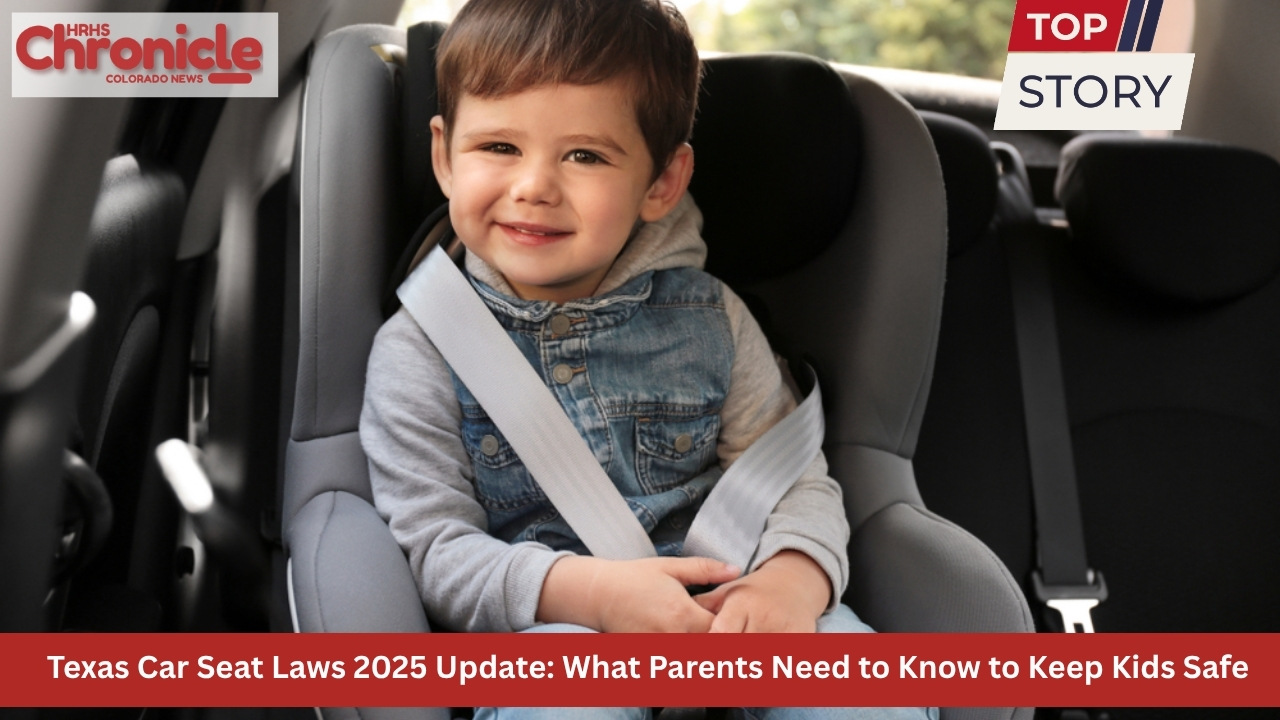
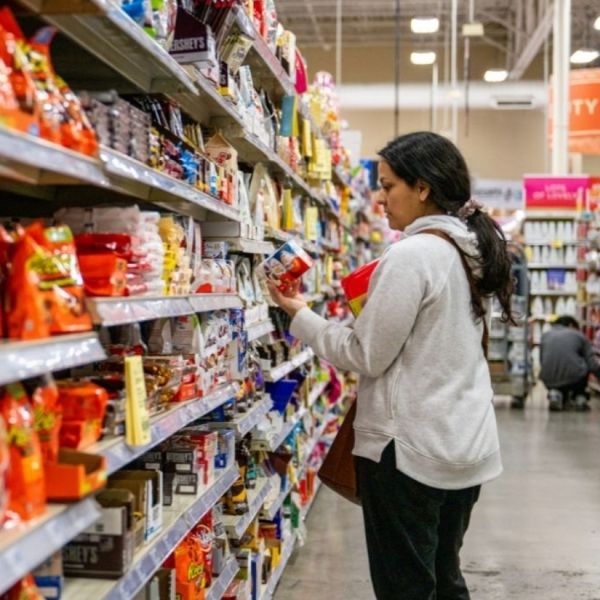





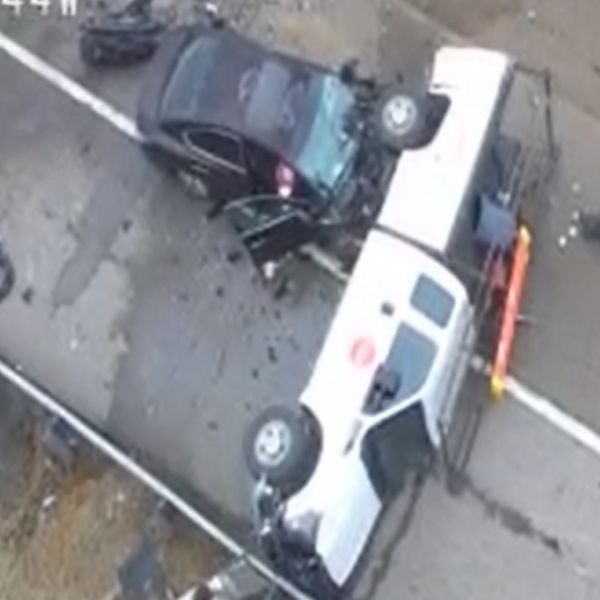

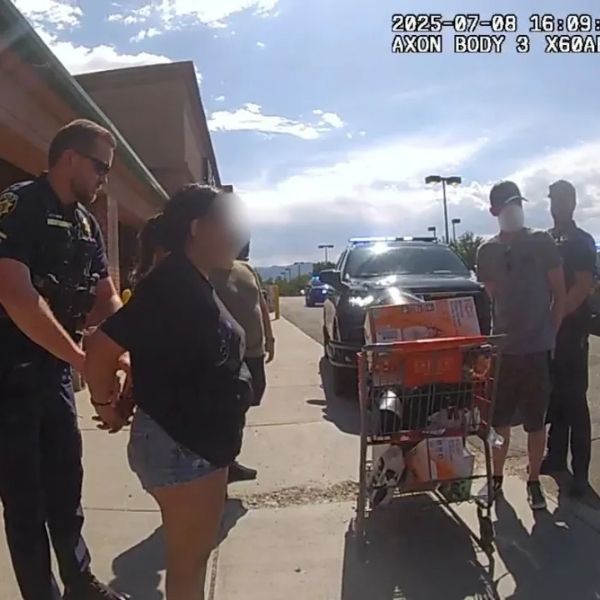
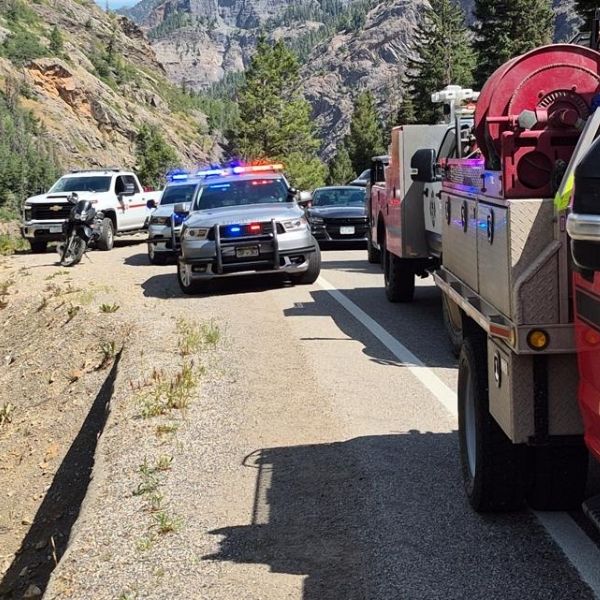

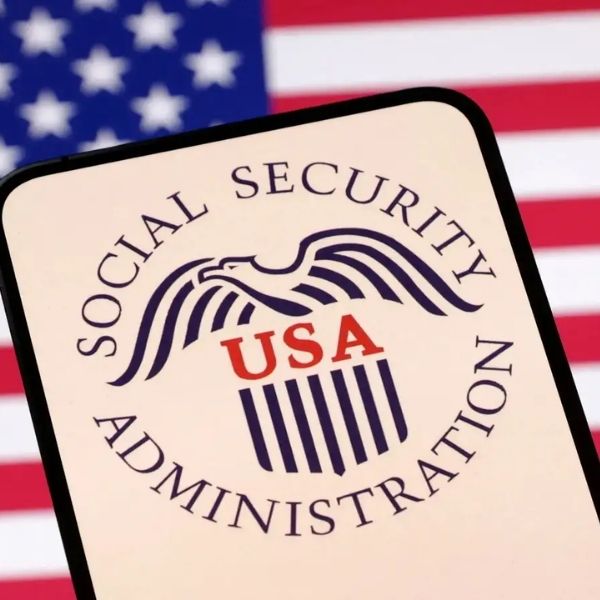

Leave a Reply